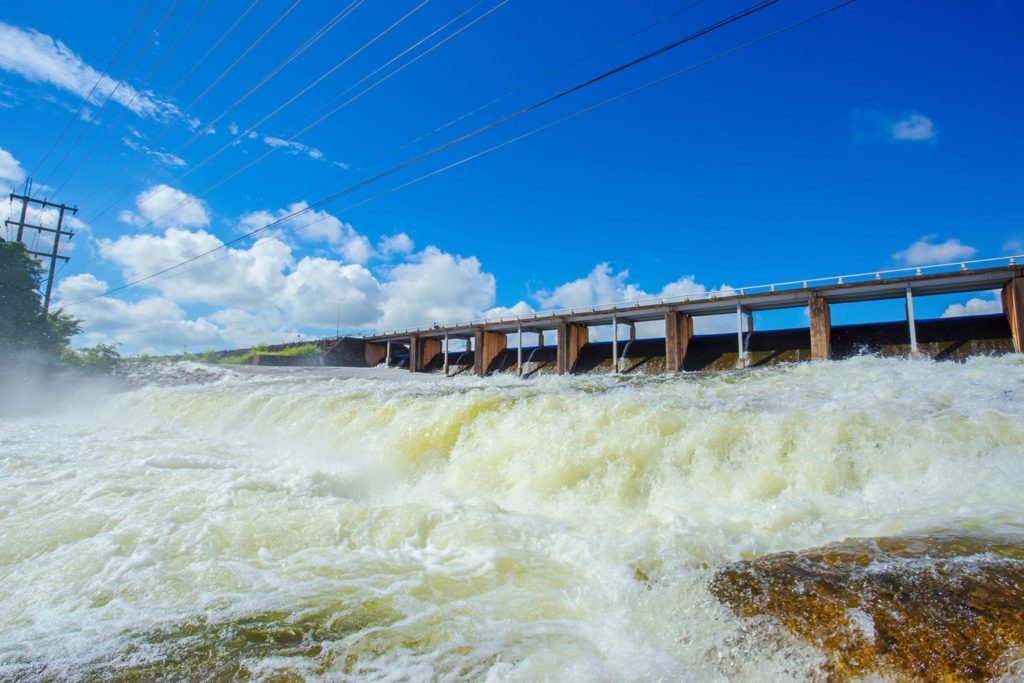Water and wastewater infrastructure isn’t glamorous, but its ongoing, effective performance is essential. Protective coatings play a major role in ensuring that ongoing performance. Sherwin-Williams Protective & Marine Coatings recognizes the most challenging water and wastewater projects of the year, highlighting how the involved parties (contractors, specifiers, and owners) used high-performance protective coatings to overcome various obstacles and deliver a long-term solution to asset protection with its annual Impact Award.
The Award was first granted in 2016, with winners announced at the Water Environment Federation’s WEFTEC Conference held in September of that year. The winning project was the restoration of 60- and 80-year-old domestic anaerobic digesters for Austin, MN, which was submitted by Short Elliot Hendrickson Inc., Champion Coatings, and Wapasha Construction. The runner-up project was the restoration of a 500,000-gallon water storage tank for the Town of Marshall, NC—contributed at no cost to the town by infrastructure rehabilitation contractor Carolina Management Team. Honorable mentions included the recoating of the interior and exterior of a 2.0-million-gallon elevated water tank for the city of Fort Worth, TX and the recoating of a 1.5-million-gallon tank located in Duncanville, TX. “Award entries demonstrated project excellence in using high-performance protective coatings to address corrosion-related problems across a variety of water and wastewater structures, such as storage, transmission, and treatment facilities,” said Kevin Morris, market segment director, Water & Wastewater, Sherwin-Williams Protective & Marine Coatings.
Projects eligible for the award include any water-related structure that is new, restored, and/or rehabilitated and was completed using coating and lining materials from Sherwin-Williams Protective & Marine Coatings, including projects covering all aspects of the water and wastewater market, such as water treatment, water storage, water transmission, sewer collection, and wastewater treatment, not just highly visible structures. For the 2017 Impact Award, projects must have been completed between January 1 and December 31, 2016. Award-winning projects demonstrate project excellence, as well as a positive community impact related to enhancing public safety, asset protection, and infrastructure life, according to Morris.
Entries for the 2017 Impact Award were accepted from April 15 through July 15, 2017. The 2017 Sherwin-Williams Impact Award will be presented at the Water Environment Federation’s Annual WEFTEC Conference, held September 30 through October 4, 2017 in Chicago, IL. They will be judged by an independent panel of respected water industry experts with expertise in corrosion and materials engineering, consulting, specification, testing, and inspection services. After considering the difficulty of each submitted project, the challenges the participants overcame, the solutions provided to the owner, the satisfaction of the owner with the outcome, and the overall uniqueness of the scope and story for the project, the panel will narrow down the top 12 projects and then choose the winner, a runner-up, and an honorable mention.
“Water and wastewater professionals can face seemingly insurmountable obstacles when tackling both restoration projects and new construction projects, as we learned following the inaugural year of the Impact Award program,” said Morris. “We’re eager to learn more about the challenging water and wastewater projects that took place last year so we can honor those parties who successfully addressed corrosion-related problems and enhanced the life and aesthetics of those assets.”
